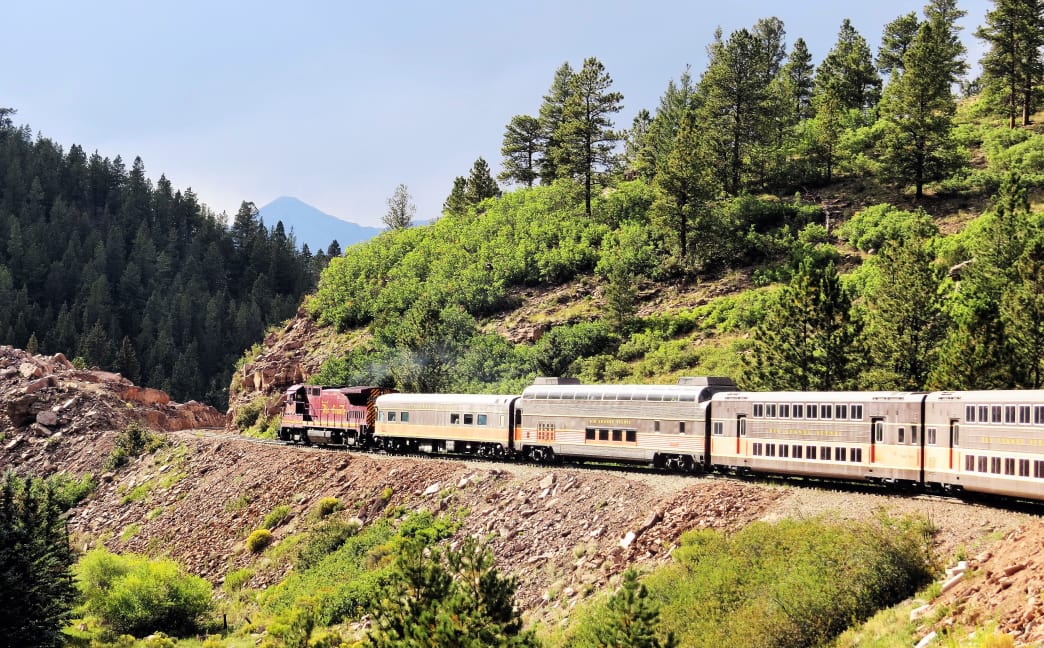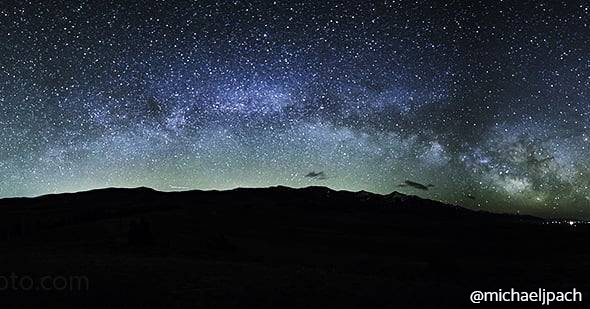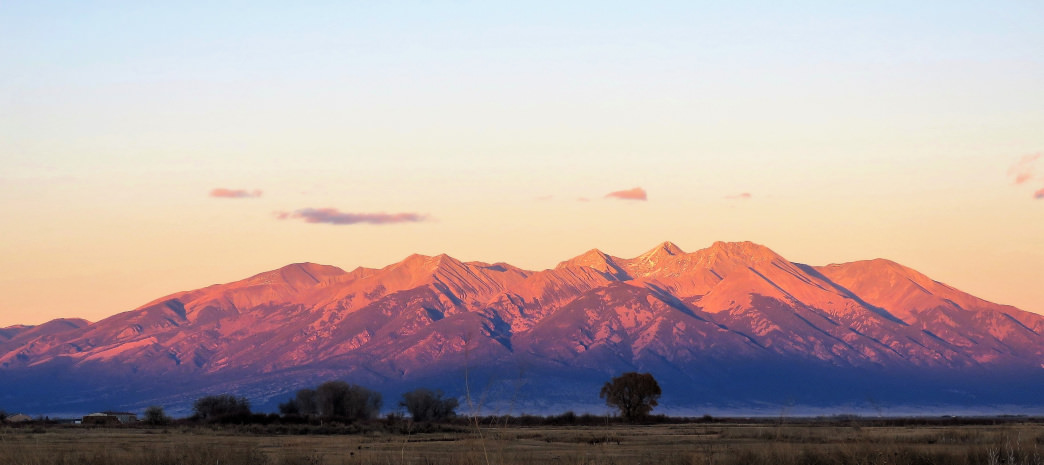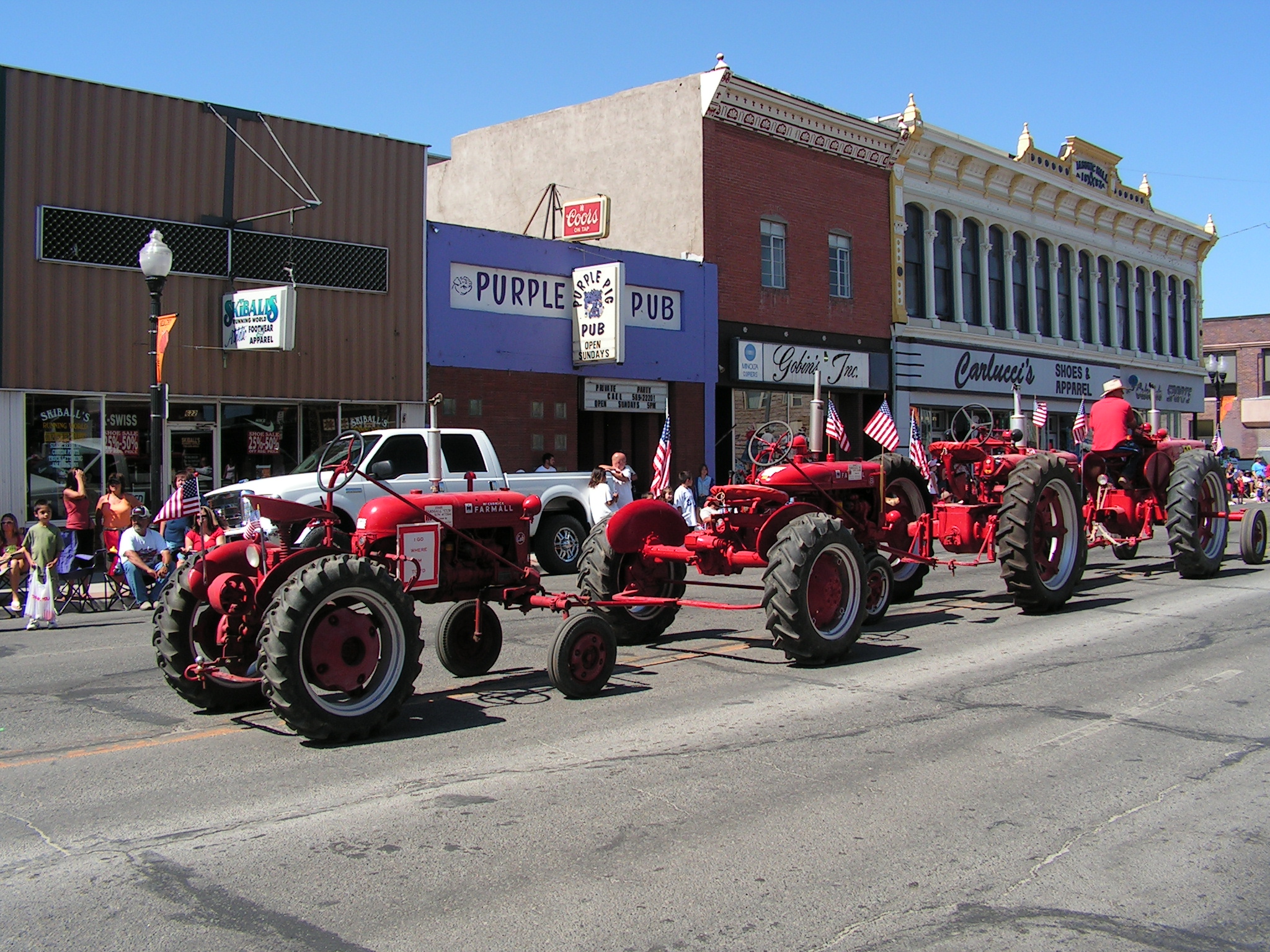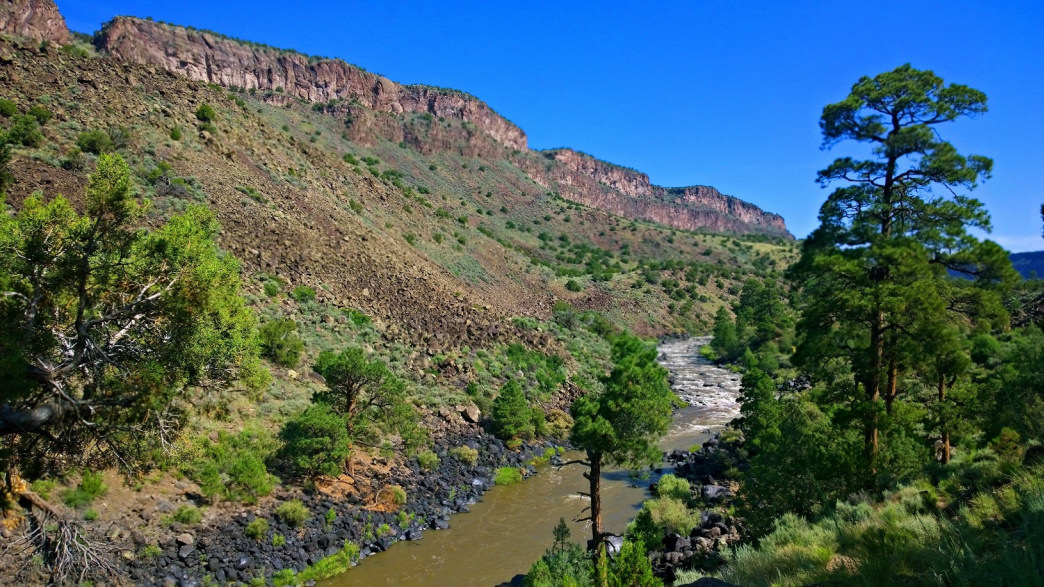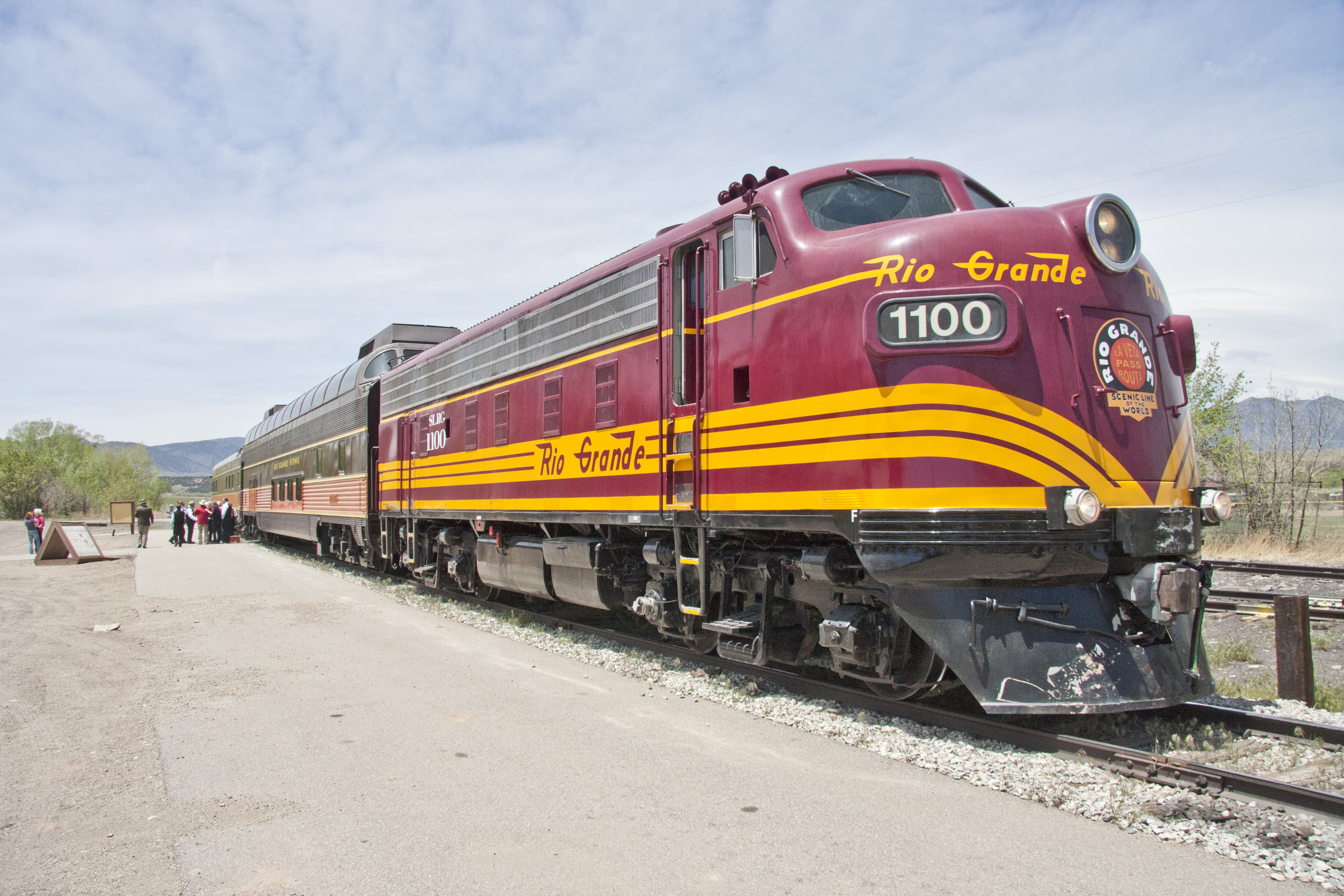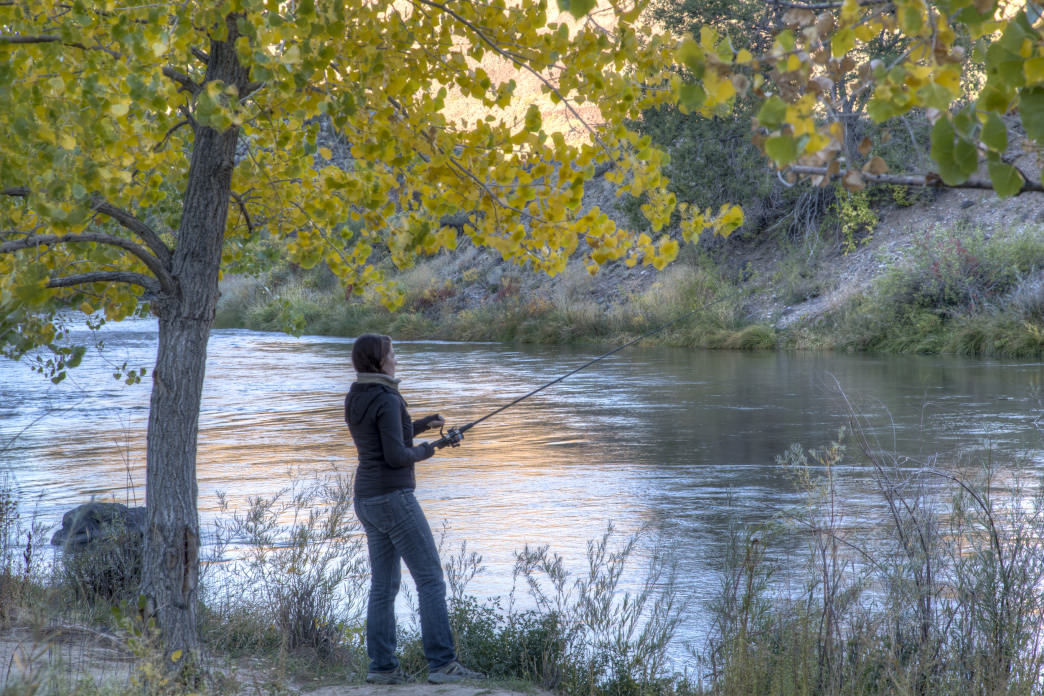Farm to Tap: Beer in the San Luis Valley
On either side the river lie
Long fields of barley and of rye
that clothe the wold and meet the sky…
Alfred, Lord Tennyson - opening to The Lady of Shalott poem 1832
Though Tennyson wrote this poem about medieval England, his reference to fields of grains and a river could easily refer to the San Luis Valley and the Rio Grande. Not easily seen from the major highways passing through the valley, the fields of ‘irrigation circles,’ are there. They extend to the wolds, the higher uncultivated ground at the base of the mountains, which do indeed reach up to meet the sky!
For farming here, the first Spanish settlers dug ditches to capture water that trickles and tumbles off the high peaks to support growing food in this high desert valley. At an average elevation of 7,700 feet, with an annual average precipitation of only 7-10 inches on the valley floor, it became important to find and develop hearty crops to handle the harshness of high altitude sun, varying soil conditions, minimal rainfall, cold nights and low humidities. Potatoes worked well underground but how about above? Enter the ancient cultivated grains of barley, wheat and rye. Barley is especially suited to this valley.
With the presence of Coors in Golden, barley became a good cash crop for the farmers who had the soils, surface water rights and/or wells for irrigation. Farmers continue growing for Coors but now, the craft beer industry has expanded and requires more specialty malted grains, different varieties of hops, and new strains of yeast to allow eachbrewery to find its own niche. Oh, and good water.



